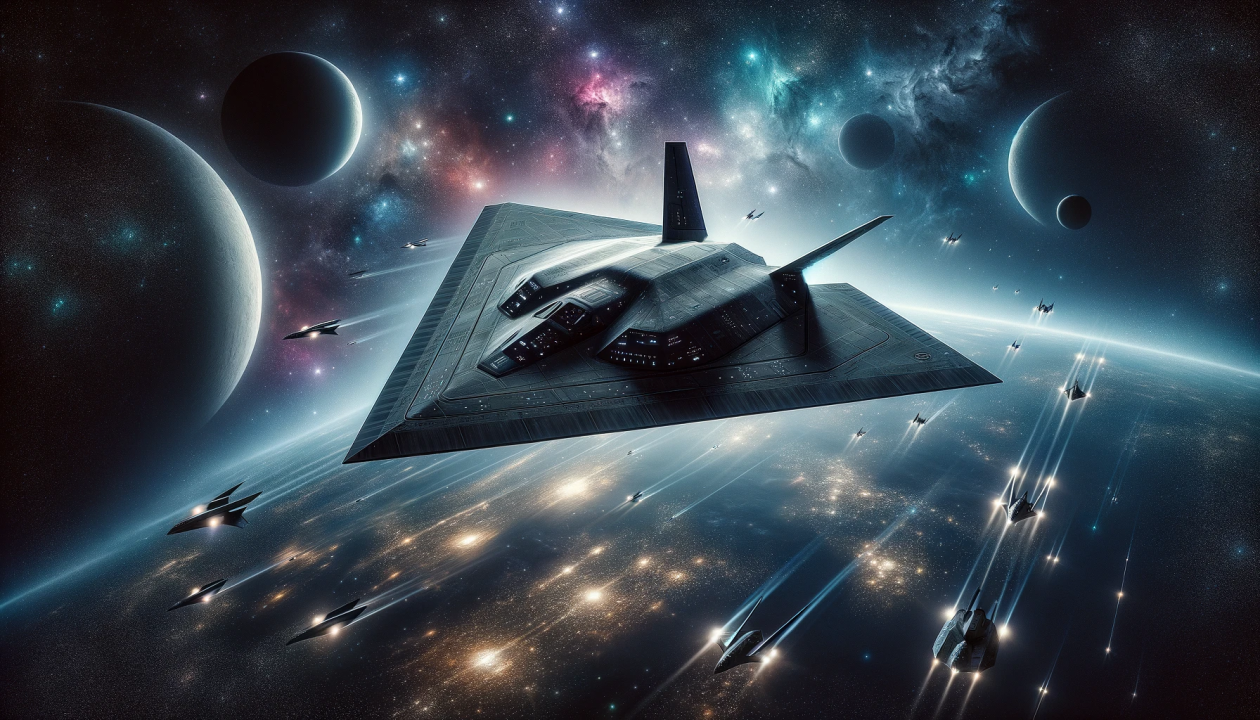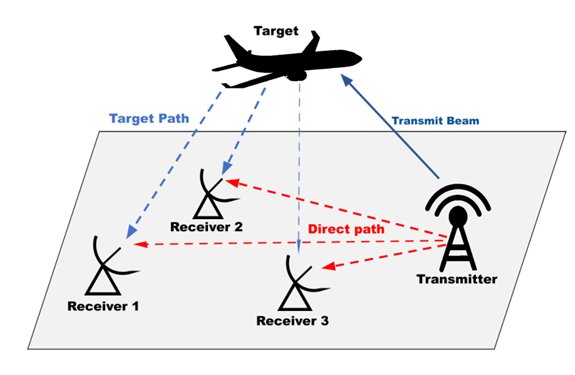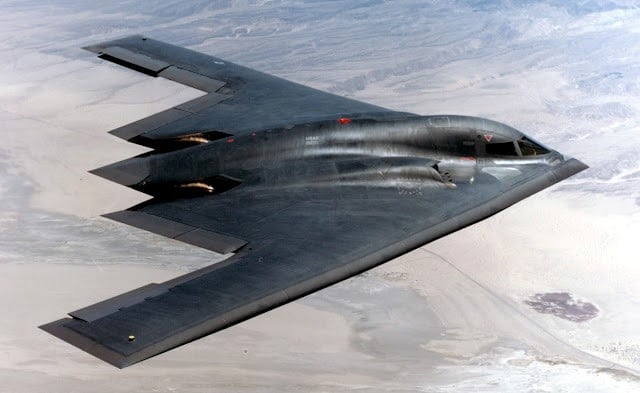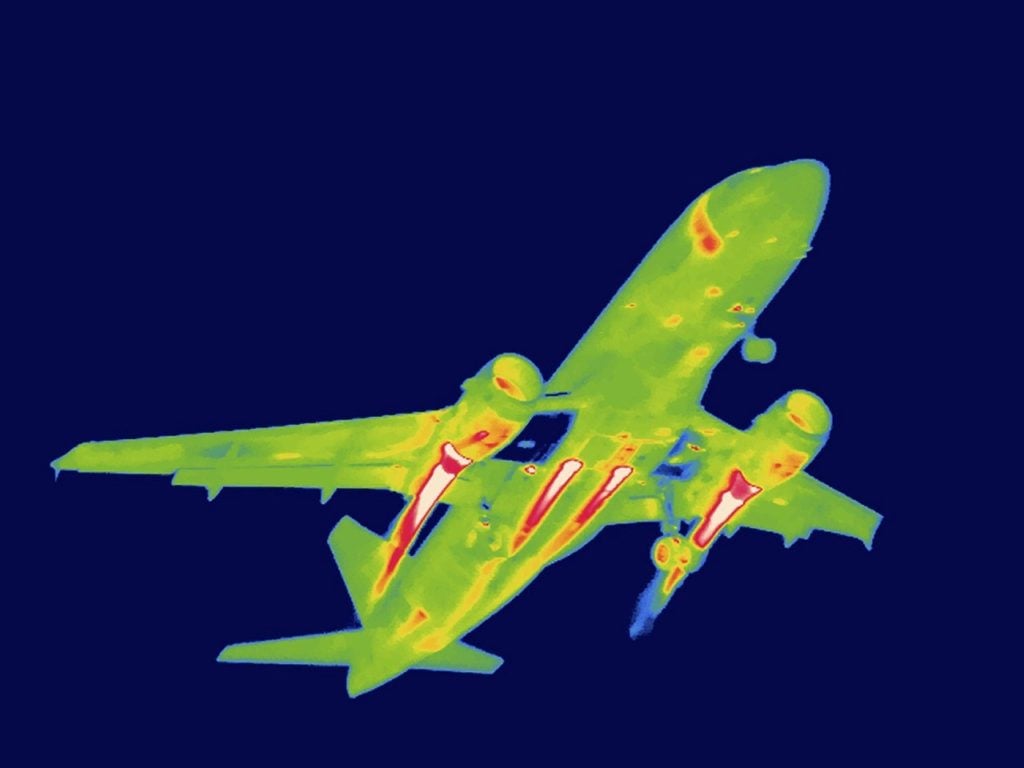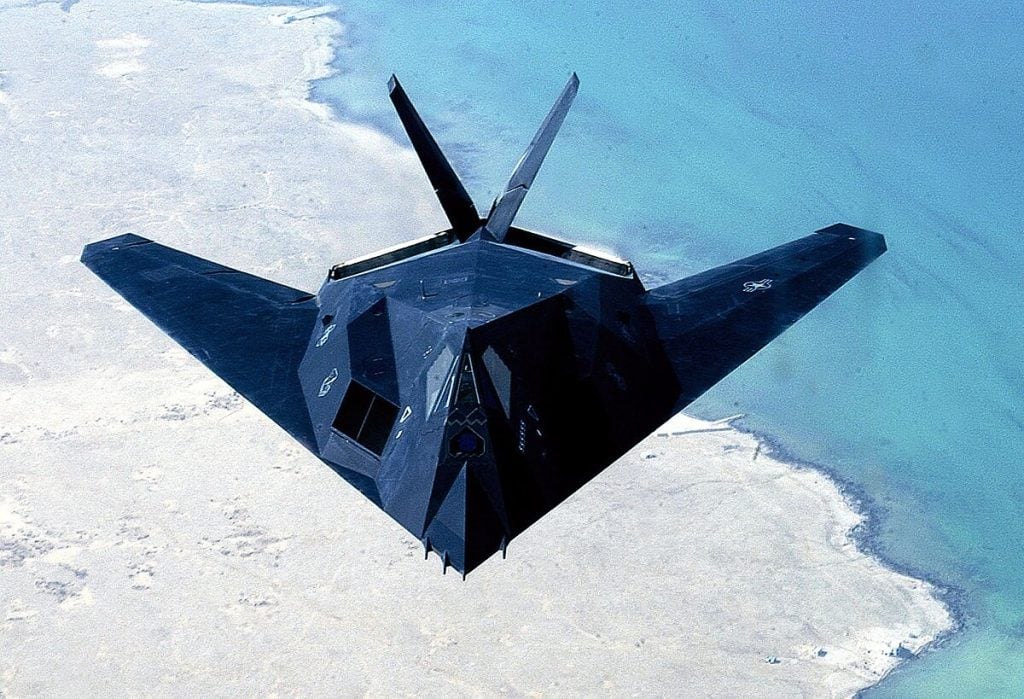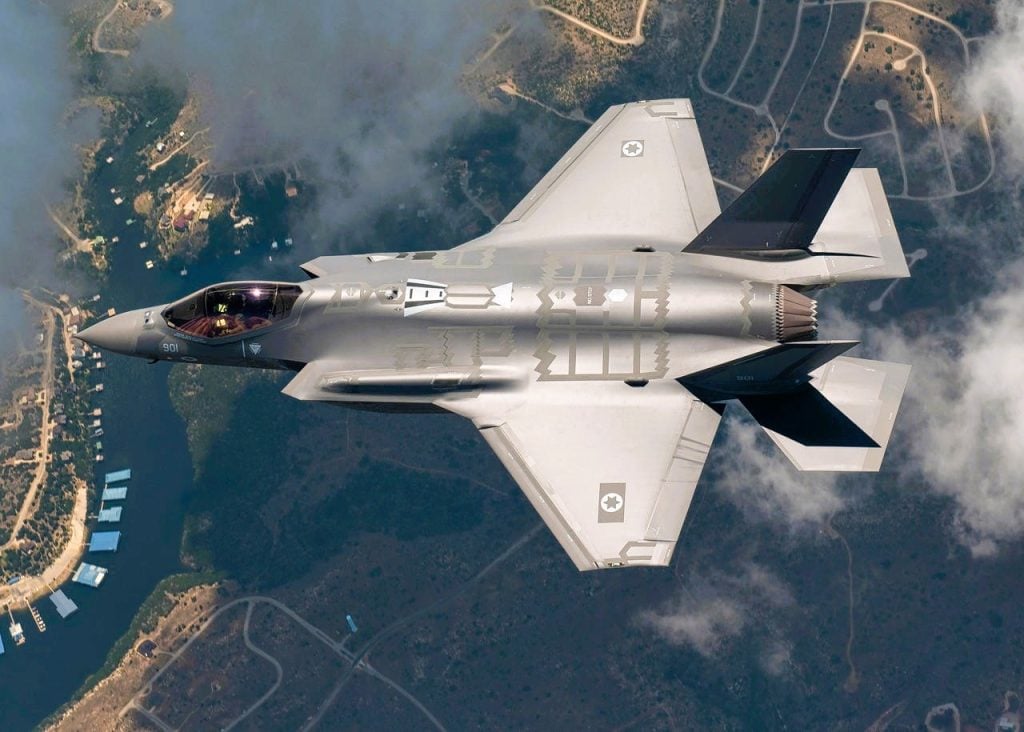Stealth technology has been a game-changer in the world of military aviation, granting aircraft the ability to evade detection and gain a decisive advantage over adversaries. While the concept of “invisible” aircraft may seem like something straight out of a science fiction movie, the reality is far more nuanced and fascinating. In this comprehensive article, we’ll delve into the intricate workings of stealth technology, exploring how it has evolved over the decades and why it remains a critical component of modern warfare.
The Birth of Stealth Technology
The origins of stealth technology can be traced back to the 1950s, when the United States first developed the U-2 spy plane. This high-altitude reconnaissance aircraft was designed to minimize its radar signature, making it harder for adversaries to detect and track. Over the following decades, the U.S. continued to invest heavily in stealth technology, incorporating it into a range of military platforms, including fighters, bombers, and even drones.
Will 6th-Gen Fighter Jets Be Piloted by Humans?
Reducing the Radar Cross-Section
One of the key principles of stealth technology is the reduction of an aircraft’s radar cross-section (RCS). This refers to the effective area of an object that reflects radar signals back to the source, essentially determining how “visible” the aircraft is to radar systems. By carefully shaping the aircraft’s airframe and using specialized materials, engineers can significantly reduce the RCS, making the aircraft appear as small as an insect or a bird on enemy radar screens.
Airframe Design
The shape of the aircraft plays a crucial role in reducing its radar signature. Stealth aircraft are designed with angles and curves that deflect electromagnetic radiation, preventing it from being reflected back to the radar source. This approach, known as “radar cross-section reduction,” is a fundamental aspect of stealth technology.
Radar-Absorbing Materials
In addition to the airframe design, stealth aircraft are also coated with specialized materials that absorb or scatter radar signals. These materials, often referred to as radar-absorbing coatings or radar-absorbing structures, are engineered to minimize the amount of energy that is reflected back to the radar system, further reducing the aircraft’s RCS.
Concealing Heat Signatures
Another critical aspect of stealth technology is the ability to conceal an aircraft’s heat signature. Aircraft generate significant amounts of heat from their engines and other systems, which can be detected by infrared (IR) sensors. To mitigate this, stealth aircraft are designed with specialized exhaust systems that mix hot engine exhaust with cooler ambient air, reducing the overall heat signature and making the aircraft less visible to IR-based detection systems.
Exhaust Nozzle Design
One of the key innovations in stealth technology is the design of the aircraft’s exhaust nozzles. These nozzles are engineered to ensure that the hot engine exhaust is rapidly mixed with the surrounding cold air, minimizing the heat signature and making the aircraft less detectable to infrared sensors.
Friction Heat Reduction
In addition to the exhaust system, stealth aircraft also incorporate design features that reduce the friction heat generated by the aircraft’s movement through the air. This includes the use of specialized materials and aerodynamic shapes that minimize the amount of heat generated, further enhancing the aircraft’s stealth capabilities.
Noise Reduction
Stealth technology also addresses the challenge of reducing an aircraft’s acoustic signature. Loud aircraft can be detected and tracked by acoustic sensors, compromising their stealth capabilities. Stealth aircraft are designed with advanced noise-dampening technologies, such as specialized engine configurations and sound-absorbing materials, to minimize the noise generated during flight.
Engine Design
The engines of stealth aircraft are designed to produce less noise, often through the use of advanced turbine designs and noise-cancelling technologies. This helps to reduce the aircraft’s acoustic signature, making it harder for adversaries to detect and track.
Airframe Modifications
In addition to the engine design, stealth aircraft also feature airframe modifications that help to reduce the noise generated during flight. This can include the use of specialized materials and aerodynamic shapes that minimize the amount of turbulence and vibration, further reducing the aircraft’s acoustic signature.
The Evolution of Stealth Technology
Over the years, stealth technology has continued to evolve, with each generation of aircraft incorporating more advanced features and capabilities. The F-22 Raptor, for example, is widely regarded as the most stealthy fighter jet in service, with a radar cross-section smaller than that of a marble. The F-35 Lightning II, on the other hand, is a more recent addition to the stealth aircraft family, featuring a larger radar cross-section but a more versatile and multirole design.
Comparing Fifth-Generation Stealth Aircraft
The table below provides a comparison of some of the most advanced stealth aircraft currently in service or under development:
| Aircraft | Country | Status | Radar Cross-Section |
|---|---|---|---|
| F-22 Raptor | USA | In service | Less than the size of an insect or marble |
| F-35 Lightning II | USA | In service | Size of a golf ball |
| Su-57 Felon | Russia | Limited service | Around 1,000 times larger than F-22 |
| Chengdu J-20 | China | In service | Classified |
| B-21 Raider | USA | In low-rate production | Claimed to be the world’s first sixth-generation combat aircraft |
As this table demonstrates, the F-22 Raptor remains the undisputed champion in terms of stealth capabilities, with an unparalleled radar cross-section. The F-35, while not as stealthy as the F-22, is a more versatile and affordable option, making it a popular choice for many countries. Meanwhile, the Russian Su-57 Felon and the Chinese Chengdu J-20 are still developing their stealth technologies, with the former’s capabilities being heavily debated.
Celebrating 25 Years of Kargil Victory: A Tribute to Our Soldiers
The Future of Stealth Technology
As the world of military aviation continues to evolve, the importance of stealth technology is only expected to grow. The United States is currently developing the B-21 Raider, a next-generation strategic stealth bomber that is claimed to be the world’s first sixth-generation combat aircraft. China, too, is working on its own stealth bomber, the Xi’an H-20, which is expected to rival the capabilities of the B-2 Spirit.
Emerging Threats and Countermeasures
While stealth technology has been a significant advantage for the United States and its allies, it is not without its challenges. Adversaries are constantly developing new radar systems and other detection technologies that can potentially compromise the effectiveness of stealth aircraft. As a result, the ongoing arms race in stealth technology is likely to continue, with both offensive and defensive capabilities evolving in tandem.
The Pursuit of Invisibility
The ultimate goal of stealth technology is to achieve true invisibility, where an aircraft becomes virtually undetectable to all forms of detection, including radar, infrared, and acoustic sensors. While this may seem like a far-fetched idea, researchers and engineers are continuously exploring new materials, designs, and technologies that could bring us closer to this elusive goal.
The Top 5 Supersonic Bombers That Ruled the Cold War Skies
Conclusion
Stealth technology has been a game-changer in the world of military aviation, granting aircraft the ability to evade detection and gain a decisive advantage over adversaries. From the pioneering days of the U-2 spy plane to the advanced stealth fighters and bombers of today, the evolution of this technology has been a testament to the ingenuity and innovation of the defense industry.
As we look to the future, the continued development of stealth technology will be crucial in maintaining military superiority and ensuring the safety and security of nations around the world. While the pursuit of true invisibility may still be a distant dream, the advancements made in reducing radar cross-sections, concealing heat signatures, and minimizing noise have already had a profound impact on the way modern warfare is conducted.
FAQs
Q1. What is the most advanced stealth aircraft in service today?
The F-22 Raptor is widely considered the most advanced stealth aircraft currently in service, with a radar cross-section smaller than the size of an insect or a marble.
Q2. How does stealth technology work to make an aircraft less detectable?
Stealth technology works by reducing an aircraft’s radar cross-section, heat signature, and acoustic signature. This is achieved through a combination of specialized airframe design, radar-absorbing materials, exhaust nozzle engineering, and noise-dampening technologies.
Q3. What are some of the emerging threats to stealth technology?
Adversaries are constantly developing new radar systems and detection technologies that can potentially compromise the effectiveness of stealth aircraft. As a result, the ongoing arms race in stealth technology is likely to continue, with both offensive and defensive capabilities evolving in tandem.
Q4. What is the ultimate goal of stealth technology?
The ultimate goal of stealth technology is to achieve true invisibility, where an aircraft becomes virtually undetectable to all forms of detection, including radar, infrared, and acoustic sensors. While this may seem like a far-fetched idea, researchers and engineers are continuously exploring new materials, designs, and technologies that could bring us closer to this elusive goal.
Q5. How does the stealth capability of the F-22 Raptor compare to other fifth-generation fighters?
The F-22 Raptor is widely regarded as the stealthiest fighter jet in service, with a radar cross-section smaller than that of an insect or a marble. In comparison, the F-35 Lightning II has a larger radar cross-section (the size of a golf ball), while the Russian Su-57 Felon is estimated to have a radar cross-section around 1,000 times larger than the F-22.
